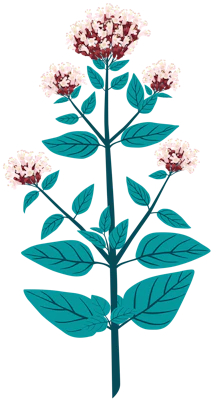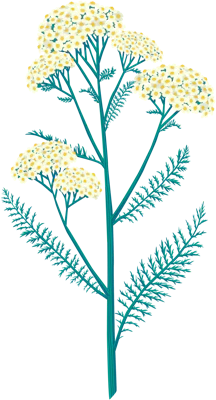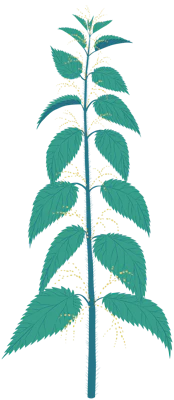Dandelion
Nature's sunshine, stubbornly blooming everywhere
Who am I?
A great salad which nourishes topsoil by mining minerals from the subsoil.
One of the best-known of our wild plants and also well known for its use in salads, dandelions are perhaps less well known for their use to make tires! The white milky substance in their roots contains rubber… Russian dandelions have the most latex and may be the source of sustainable rubber for the future. Dandelion roots can also be slow roasted to produce tasty, caffeine-free dandelion coffee.
If you want to eat dandelions, be warned: they are bitter! But all you need to do is complement or tone down the bitterness with a good dressing. Sweetness masks bitterness, acid cuts through it, fat covers the bitterness receptors on your tongue, and strong flavors complement bitterness. So a honey & mustard dressing using olive oil, lemon juice, honey, and mustard pulls all this together. Lastly, you can use their hollow flower stems as straws!

Miles Irving
Foraging Expert
100+
Seeds per head
2 Inches
Average Flower Diameter
Europe
Native Continent
Find out more
I root deeply in this wildflower wall, offering bright yellow blooms and nourishing nectar for early pollinators.
 Did You Know
Did You KnowDid you know
Click here to find out a fun fact about the Dandelion
 Video
VideoWatch Miles' video
Learn about the Dandelion with our foraging expert Miles in his video 'Salad of Many Things'.
More Species
Get to know more species local to the wall.



